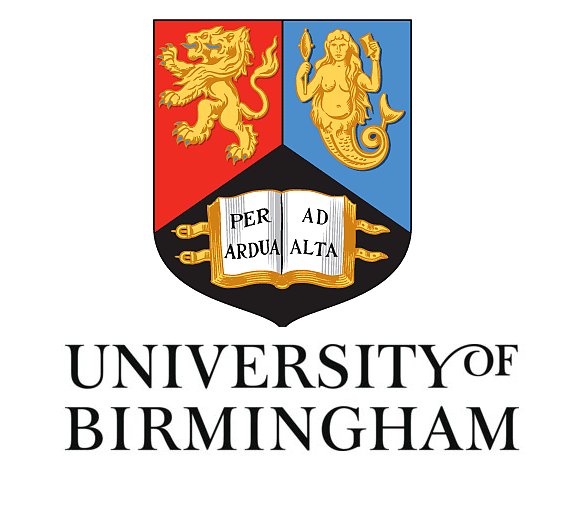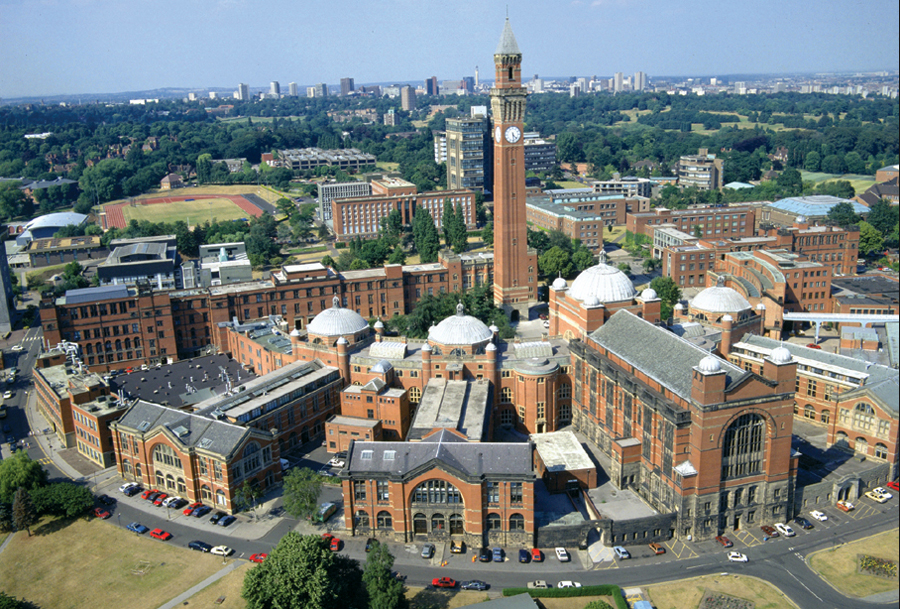From The University of Birmingham (UK)
Via
4.14.24

Recent findings indicate that marine cloud brightening, a method of increasing cloud cover to cool the Earth, could be more effective than previous models suggested, offering significant cooling effects but serving as a temporary mitigation rather than a solution to global warming.
New research suggests that cloud “engineering” might be more effective at cooling the climate than previously believed, due to the production of increased cloud cover.
In a study published in Nature Geoscience, researchers at the University of Birmingham found that marine cloud brightening (MCB), also known as marine cloud engineering, works primarily by increasing the amount of cloud cover, accounting for 60-90% of the cooling effect.
See the science paper for instructive material with images.
Previous models used to estimate the cooling effects of MCB have focused on the ability of aerosol injection to produce a brightening effect on the cloud, which in turn increases the amount of sunlight reflected back into space.
The practice of MCB has attracted much attention in recent years as a way of offsetting the global warming effects caused by humans and buying some time while the global economy decarbonizes. It works by spraying tiny particles, or aerosols, into the atmosphere where they mix with clouds and with the primary aim of increasing the amount of sunlight that clouds can reflect.
Practical Applications and Research Challenges
Experiments with the technique are already being used in Australia in an attempt to reduce bleaching on the Great Barrier Reef. However, the ways in which MCB creates a cooling effect, and the ways in which clouds will respond to aerosols, are still poorly understood, because of variable effects such as the confounding from co-varying meteorological conditions.
To investigate the phenomenon, the researchers created a ‘natural experiment’, using aerosol injection from the effusive eruption of Kilauea volcano in Hawai’i to study the interactions between these natural aerosols, clouds, and climate.
Using machine learning and historic satellite and meteorological data, the team created a predictor to show how the cloud would behave during periods when the volcano was inactive. This predictor enabled them to identify clearly the impacts on the clouds that had been directly caused by the volcanic aerosols.
They were able to show that the cloud cover relatively increased by up to 50% during the periods of volcanic activity, producing a cooling effect of up to -10 W m^-2 regionally. Global heating and cooling is measured in watts per square meter, with a negative figure indicating cooling. Note that doubling CO2 would lead to a warming effect of +3.7 W m^-2 approximately on a global average.
Collaborative Efforts and Implications of Research
The research was carried out in collaboration with the Met Office, the Universities of Edinburgh, Reading and Leeds, ETH Zurich in Switzerland, and the University of Maryland and NASA in the USA.
Lead author, Dr Ying Chen, of the University of Birmingham, said: “Our findings show that marine cloud brightening could be more effective as a climate intervention than climate models have suggested previously. Of course, while it could be useful, MCB does not address the underlying causes of global warming from greenhouse gases produced by human activity. It should therefore be regarded as a ‘painkiller’, rather than a solution, and we must continue to improve our fundamental understanding of aerosol’s impacts on clouds, further research on global impacts and risks of MCB, and search for ways to decarbonize human activities.”
The research comes alongside increased interest in cloud engineering around the globe. UK Research and Innovation has recently launched a £10.5m research programme looking at informing policymakers on solar radiation management approaches, including MCB, while the Advanced Research and Invention Agency (ARIA), is focused on researching technologies for climate and weather management. In the USA, a team from the University of Washington recently carried out its first outdoor aerosol experiment from a decommissioned aircraft carrier in Alameda, California.
See the full article here .
Comments are invited and will be appreciated, especially if the reader finds any errors which I can correct.
five-ways-keep-your-child-safe-school-shootings
Please help promote STEM in your local schools.
The University of Birmingham (UK) has been challenging and developing great minds for more than a century. Characterized by a tradition of innovation, research at the University has broken new ground, pushed forward the boundaries of knowledge and made an impact on people’s lives. We continue this tradition today and have ambitions for a future that will embed our work and recognition of the Birmingham name on the international stage.
The University of Birmingham is a public research university located in Edgbaston, Birmingham, United Kingdom. It received its royal charter in 1900 as a successor to Queen’s College, Birmingham (founded in 1825 as the Birmingham School of Medicine and Surgery), and Mason Science College (established in 1875 by Sir Josiah Mason), making it the first English civic or ‘red brick’ university to receive its own royal charter. It is a founding member of both the Russell Group (UK) of British research universities and the international network of research universities, Universitas 21.
The student population includes over 23,000 undergraduate and 12,000 postgraduate students. The annual income of the institution has been over £750 million of which £140 million was from research grants and contracts, with an expenditure of over £700 million.
The university is home to the Barber Institute of Fine Arts, housing works by Van Gogh, Picasso and Monet; the Shakespeare Institute; the Cadbury Research Library, home to the Mingana Collection of Middle Eastern manuscripts; the Lapworth Museum of Geology; and the 100-metre Joseph Chamberlain Memorial Clock Tower, which is a prominent landmark visible from many parts of the city. Academics and alumni of the university include former British Prime Ministers Neville Chamberlain and Stanley Baldwin, the British composer Sir Edward Elgar and a number of Nobel laureates.
Scientific discoveries and inventions
The university has been involved in many scientific breakthroughs and inventions. From 1925 until 1948, Sir Norman Haworth was Professor and Director of the Department of Chemistry. He was appointed Dean of the Faculty of Science and acted as Vice-Principal from 1947 until 1948. His research focused predominantly on carbohydrate chemistry in which he confirmed a number of structures of optically active sugars. By 1928, he had deduced and confirmed the structures of maltose, cellobiose, lactose, gentiobiose, melibiose, gentianose, raffinose, as well as the glucoside ring tautomeric structure of aldose sugars. His research helped to define the basic features of the starch, cellulose, glycogen, inulin and xylan molecules. He also contributed towards solving the problems with bacterial polysaccharides. He was a recipient of the Nobel Prize in Chemistry in 1937.
The cavity magnetron was developed in the Department of Physics by Sir John Randall, Harry Boot and James Sayers. This was vital to the Allied victory in World War II. In 1940, the Frisch–Peierls memorandum, a document which demonstrated that the atomic bomb was more than simply theoretically possible, was written in the Physics Department by Sir Rudolf Peierls and Otto Frisch. The university also hosted early work on gaseous diffusion in the Chemistry department when it was located in the Hills building.
Physicist Sir Mark Oliphant made a proposal for the construction of a proton-synchrotron in 1943, however he made no assertion that the machine would work. In 1945, phase stability was discovered; consequently, the proposal was revived, and construction of a machine that could surpass proton energies of 1 GeV began at the university. However, because of lack of funds, the machine did not start until 1953. The DOE’s Brookhaven National Laboratory managed to beat them; they started their Cosmotron in 1952, and had it entirely working in 1953, before the University of Birmingham.
In 1947, Sir Peter Medawar was appointed Mason Professor of Zoology at the university. His work involved investigating the phenomenon of tolerance and transplantation immunity. He collaborated with Rupert E. Billingham and they did research on problems of pigmentation and skin grafting in cattle. They used skin grafting to differentiate between monozygotic and dizygotic twins in cattle. Taking the earlier research of R. D. Owen into consideration, they concluded that actively acquired tolerance of homografts could be artificially reproduced. For this research, Medawar was elected a Fellow of the Royal Society. He left Birmingham in 1951 and joined the faculty at University College London (UK), where he continued his research on transplantation immunity. He was a recipient of the Nobel Prize in Physiology or Medicine in 1960.



